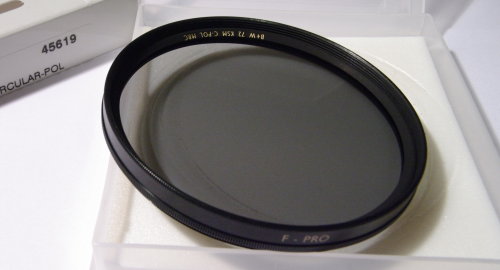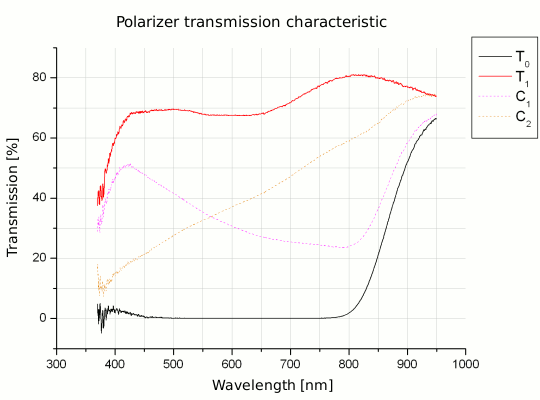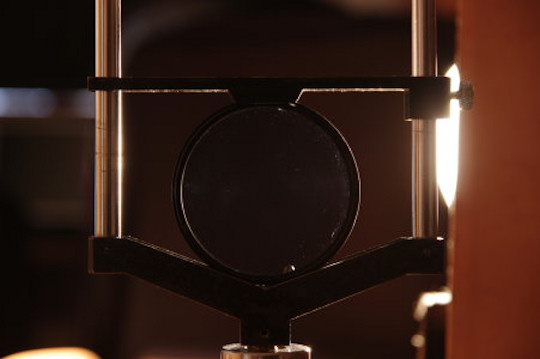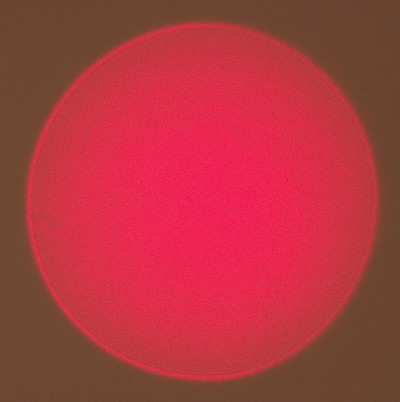Polarizing filters test
6. B+W KSM C-POL MRC 72 mm
 |
||
 |
||
B+W filters are manufactured by German Schneider Optics and definitely don’t belong to the cheapest ones. They’re covered by hard, thin MRC coatings which protect them against scratches. The respect of photographers, that these filters have, should go hand in hand with the highest quality. Is it so?
Results of the test

- - - - - - - - - - - - - - - - - - - - - - - - - - - - - - - - - - - - - - - - - - - - - - - -
Red color extinction coefficient: 7.19E-4 - Score: 3/4
Green color extinction coefficient: 7.27E-4 - Score: 3/4 Blue color extinction coefficient: 1.85E-2 - Score: 0.5/4 Mean transmission of the whole spectrum: 34.4% - Score: 1.88/3 Score:
|
|
||

With filter Score:
|
|
||

Luminance: 18.7
Score:
|
|
||
| Edge darkening 3.2% Score: |
|
||

Without reservation
Score:
|
|
||
|
|||
Usage
There were no major problems with this filter during the tests. The ring turns with unequal resistance , quite hard. This resistance may turn out to be large if the filter is used at low temperatures and we turn it through a small lens hood window.
Summary
3rd place in the overall rankingThe transmission curve is flat in the majority of visible spectrum. Similar to the case of B+W MRC, transmission is higher for red color. The mean of this parameter is a little higher, which, along with similar of curves, suggest that we’re dealing with the same polarizer with better antireflection coatings layers. The extinction coefficient of around 1/1000 is a typical result of modern foil polarizers. The polarizer becomes transparent in infrared. Decent polarization transmission parallel to the polarizer’s azimuth paid with a few percentage of blue color transmission, which should be extinguished. C1 and C2 graphs indicate that we’re dealing with a quarter-wave plate of zeroth order designed for the middle of visible spectrum. This optically very good filter can only be charged with smoothness of ring’s work, which can change through usage time anyway.
Filter for tests was lent by Pstryk.pl







